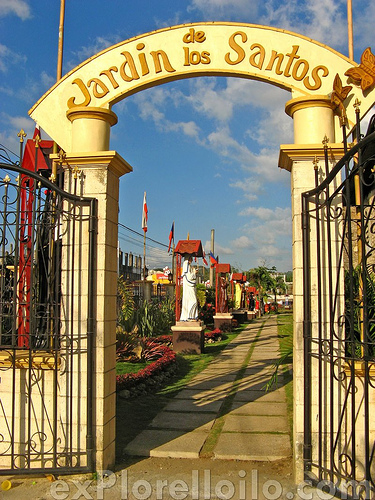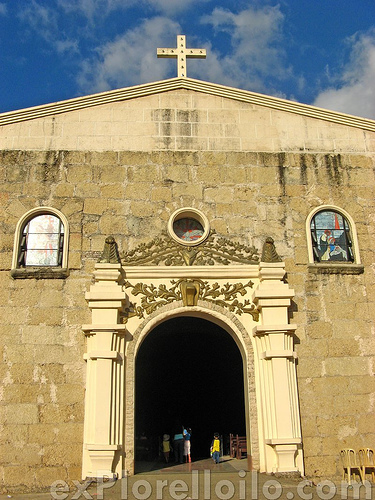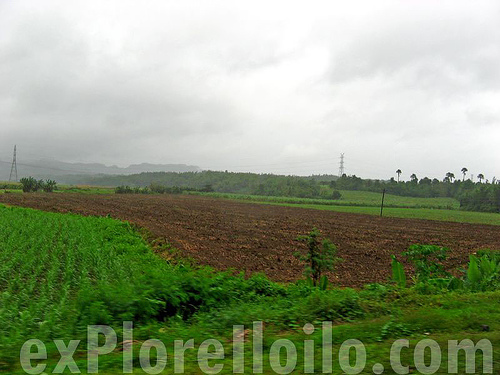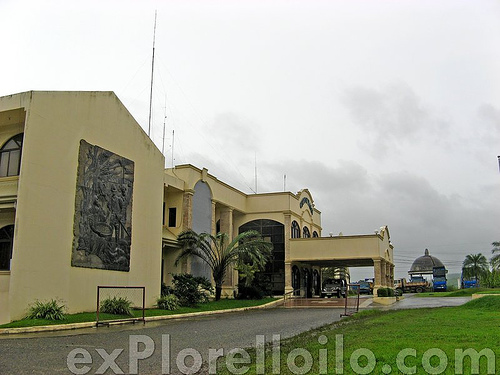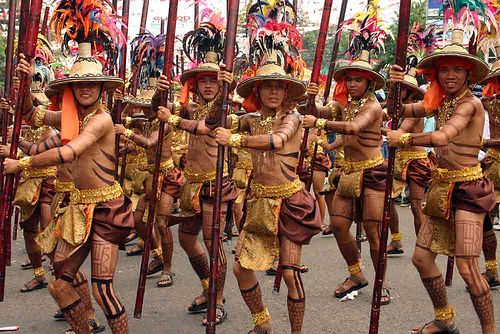PASSI CITY
"The Sweet City in the Heart of Panay"
The City of Passi (Kiniray-a: Hangbanwa kang Passi) is a 3rd class city in the province of Iloilo in the Philippines. According to the 2000 census, it has a population of 81,169 (2005) people in 12,893 households.It has a total land area of 251,139 sq.km. or 25,139.13 has., making up 5.39% of the provincial land area of Iloilo. Its relatively flat land stretches alongside the Jalaur and Lamunan rivers. Passi is a rice and sugar-rich area and the only component city and the largest in the Province of Iloilo in terms of land area, population and income. It is popularly called the "Sweet City" of Panay due to its vast pineapple plantations and annual output in fruit production.
| 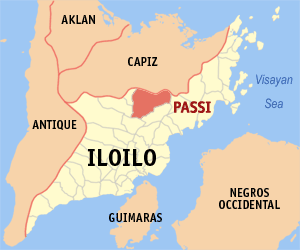 |
History
Although its young destinction as a city, Passi is considered to be one of
the oldest Spanish settlements in
According to popular legend, Spanish conquistador stumbled on a small hut by the
river’s bank where an old woman was fond winnowing pounded rice. One of them
asked her, “¿Cómo se llama este lugar?” not knowing the native language of
course. Much to the old woman’s surprise and perhaps excitement, she replied
without much ado, “Ah, pasi,” which means some of the unhusked rice on her
basket held in both hands. She must have thought that they were eager to know
what was in the basket and what she was doing, because she could not understand
their language. From that time on, the Spanish begun to call the place Pasi
at first until it later evolved into Passi. Such legends about name
origins are common throughout towns and cities in the
Culture
Kiniray-a is the most spoken language, although Hiligaynon, Filipino and English are also widely understood.
Some festivals in the province of Iloilo have either come back from near extinction or have evolved. And because of this, efforts have been undertaken by the community to breathe life into these cultural presentations that form part of a larger program of the tourism initiatives of the province to fully claim the title as the festival capital of the region, and to promote Ilonggo culture through the revival and preservation of traditional music and dances.
The Pintados de Pasi Festival, in Passi City, central of Iloilo province, is perhaps one of the best known and established festivals of the Visayan region that have evolved through the years. It has played a big part in the lives of most Passinhons. It is the most popular spectator cultural event and the most popular for the community that has a large following. Theatrical-like street dancing performances are a celebrated part of the Pintados festivity that is characterized by heavy and aggressive body movements. Here, performers adorned in traditional body tattoo with elaborate geometrical designs in their body, including their arms, legs and torso dramatizes stories in which the towns’ ancestral beings laid down every feature of the area, especially, their way of life.
Characterized by heavy and aggressive body movements, the dances seem to have developed independent of any external influences, as in the combat dances, folk plays, ritual actions, or character types. Historical or cultural sources are essential materials in sustaining a festival such as theirs. The festivity changed over the years, though its cultural presentation remained popular up to this day, and has resurrected and form part in a celebration that reflected function and transition. It also represented a major change in style and subject matter.
ImageTourism, through this cultural celebration brings thousands of local and international visitors interested to know the city’s rich history, considerable scenic beauty, and a number tourism attraction. The Passinhon 2000 Incorporated devotes their efforts of promoting the festival in the local and national scene. These efforts focus on the cultural festivity—at least in the early promotional stage, is the best way to keep it alive, and a variety of innovative efforts are underway to do just that. This year, 2008 marks the 10th Foundation Anniversary. The people of Passi City led by their City Mayor, Hon. ELYZER C. CHAVEZ is inviting everyone to come and witness their many other special events enjoyed during the week-long celebration, including Garden Show and Food Festival on March 11, its opening day; the Karosa Parada and Carabao-Painting Contest with the Grand Coronation Night of the Search for Bb. Pintados; Sinadya sa Suba and the Pinta Lawas Contest; and the much awaited Tribe Competition With this wealth of unique cultural and recreational events, Pintados de Pasi is surely one of the country’s top tourism festivals.
Passi City has played an important role in reaching its peak of progress. Centrally situated in the province, Passi City is locally important as the District Agri-Industrial Center of Iloilo. It is rich with agriculture resources that have long formed the backbone of its economy and agricultural diversification produces crops such as rice, corn, vegetables, coconut, sugarcane and pineapple. Passi City has been an important pineapple producer for years, it has long been known for other industries including fruit processing, wallboard production, metalworking production and cut-flower propagation. Its locally produced pineapple wine, jam and fruit preserves have already established captured market with its exposure to various local trade fairs and exhibits such as the annual Fiesta in the City celebration during May; TUMANDOK in September; and WOW Philippines: the Best of the Region.
Passi, a component city (RA No. 8469, 1998) is bounded on the north by San Enrique; Dumarao, Capiz on the south; east by Calinog; and Lemery on the west. Predominantly a mountainous area, it is politically divided into 51 barangays. It is about 50 kilometers from the city of Iloilo and has an area of 25,139 hectares---the largest in the province.
According to the 2000 Census, Passi City had a population of 69,601. An influx of Cebuano and Tagalog-speaking businessmen and investors in the years increased their numbers and were added. The Passinhon people are predominantly Karay-a-speaking, with Roman Catholicism as the religion of 95 percent of its population.
It is said that the first Spanish settlement was established in the area in 1766, marking the onset of Spanish colonial rule. In the traditional story, Spanish explorers anchored in Ansig, a place located at the mouth of Lamunan River. The name of the city is probably derived from Pasi, a Hiligaynon word meaning “unhusked grains of palay.”
Body painting as well as carabao(water buffalo) painting contests are being practiced followed by a beauty pageant, a boat and bicycle racing events, and a tribal dancing competition.
Passi City celebrates the feast of its patron saint, San Guillermo (St. William) on the 10th of February along with the coronation of a fiesta queen.
Famous attractions in the city are the wide pineapple plantations, the cock farms, the Baroque Church of Saint William, the old Mascuvado Chimney, the Chameleon Butterfly Garden and the Amorotic caves of Brgy. Magdungao.
BARANGAYS Passi City is politically subdivided into 51 barangays.
| GOVERNMENT Mayor: Elyzer Chavez Vice Mayor: Jovi Palmares City Councilors
Ex-officio Councilors: 1. Stephen John Palomaria (SKF President)2. Cornelio Teves (ABC President)
|
